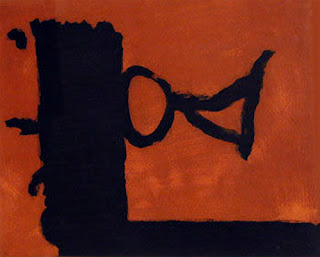Complete Interview with Clement Greenberg
From a 1991 Interview with Clement Greenberg:
The trouble with Michelangelo's sculpture is that it's too slick. He was damned good, but he was too arty. He introduced artiness, and I could have said -- that wouldn't have been talking precisely about Michelangelo -- that European sculpture began to slope downhill after Donatello (who was a better sculptor than Michelangelo). After Michelangelo there was Giambologna, who was ok, and the famous sculptors who came after: Canova, Thorvaldsen in the early l9th century...
From a 1991 Interview with Clement Greenberg:
The trouble with Michelangelo's sculpture is that it's too slick. He was damned good, but he was too arty. He introduced artiness, and I could have said -- that wouldn't have been talking precisely about Michelangelo -- that European sculpture began to slope downhill after Donatello (who was a better sculptor than Michelangelo). After Michelangelo there was Giambologna, who was ok, and the famous sculptors who came after: Canova, Thorvaldsen in the early l9th century...
Rodin began it all over again -- somewhat. Rodin, Maillol, Despiau. Kolbe in Germany. And then of course there was the great rebirth of sculpture with Picasso's 1913 construction "The Guitar" in the Museum of Modern Art that started sculpture on a new trajectory. OK, let's look at famous Michelangelo. The best Michelangelo I've seen are the unfinished 'slaves' in the Borgo. They're the best. In order to be good as a sculptor, Michelangelo had to leave things unfinished. And they're still not as good as Donatello.
